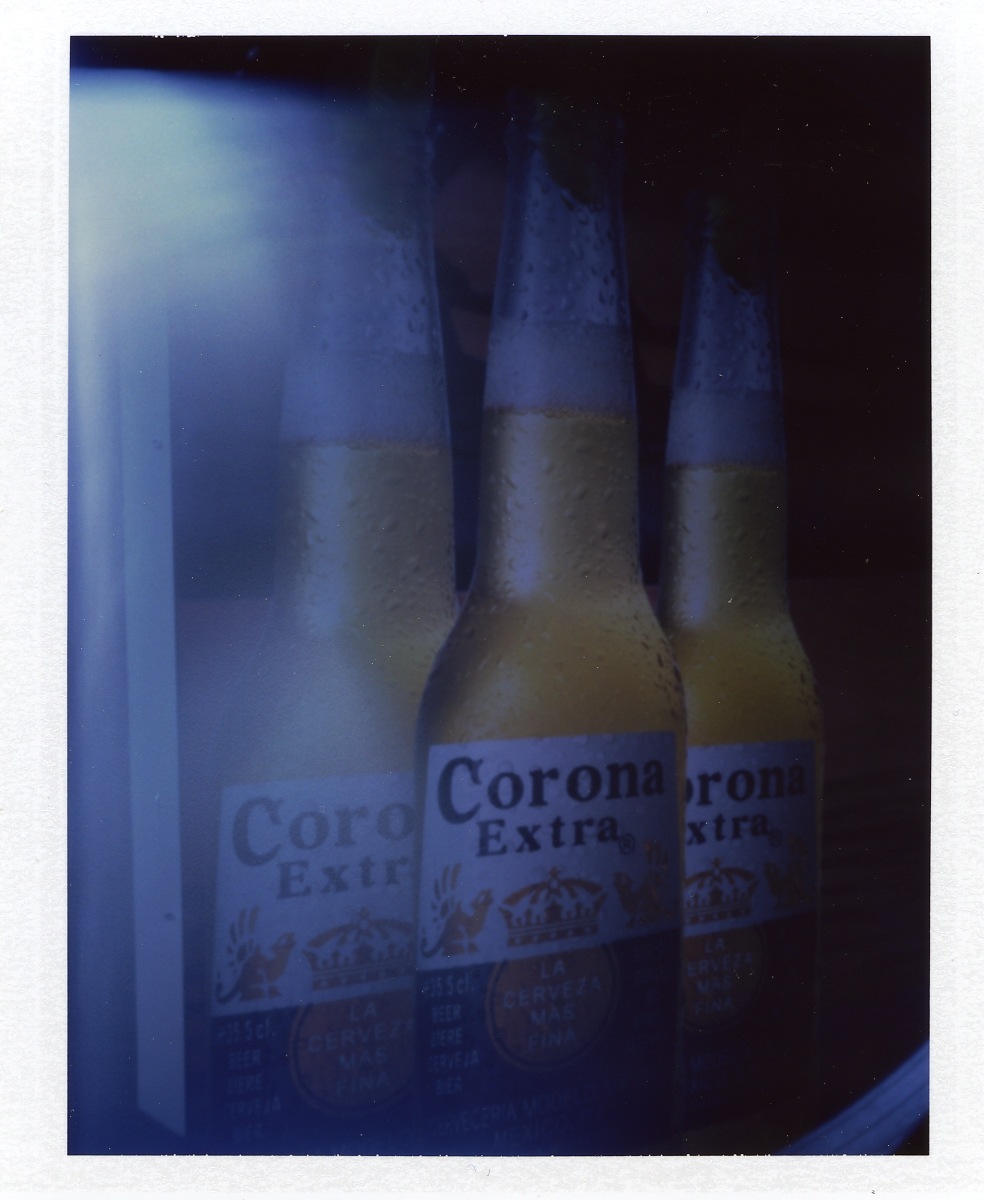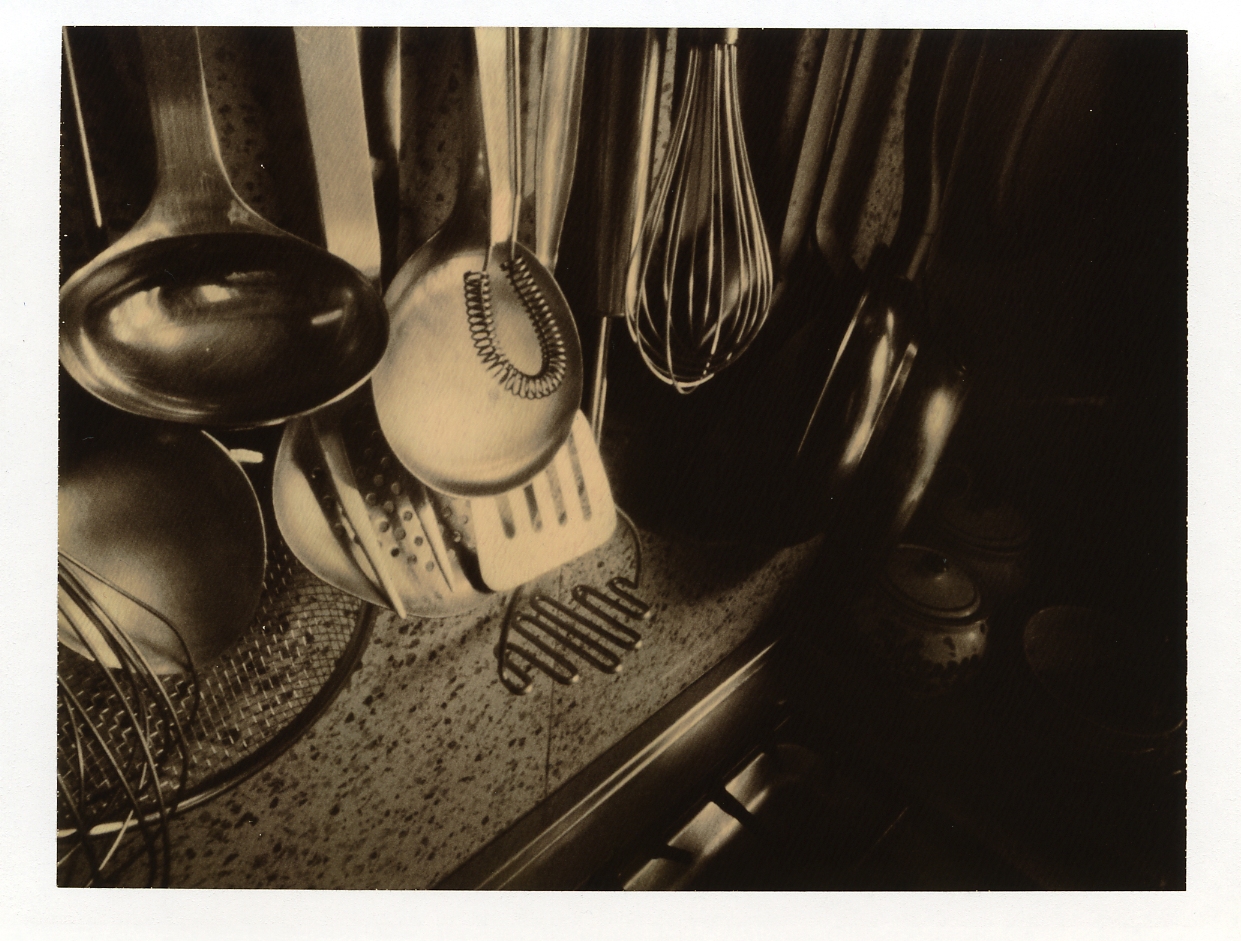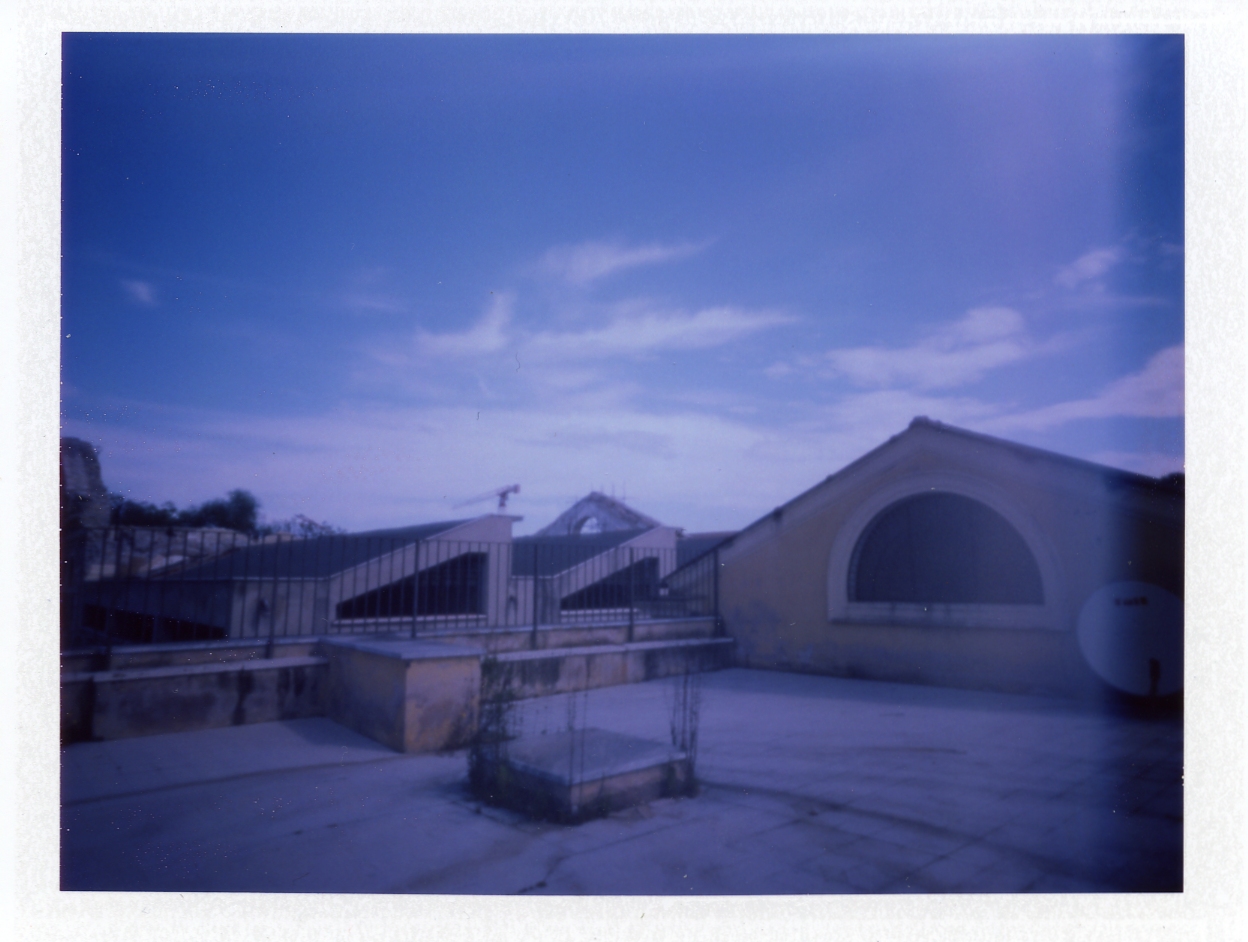Helps to have access to a microscope.
I found brass shim stock, needles, etc. can quickly produce some nice pinholes, when verified via almost any microscope at low power. It quickly tells you when you need to do some polishing, or tossing. ;-)
Old microscopes should be cost effective, if you are in the right place. The school I worked at tossed a bunch of very good early ones, and sold a bunch of B&L 60 models for $10 each. IMO, they were better than the ones that replaced them.
You may be surprised at the quality of pinholes you can make.
If you go to a camera show, you might find a Graflex body suitable for pinhole for almost nothing. I also found a bunch of surplus ortho film that was perfect for my classes as we could use safelights, and develop by inspection.
If you are good with a stage micrometer, you can also use a microscope to measure the hole size, though, a wide variety of holes will work.
Regards, John













